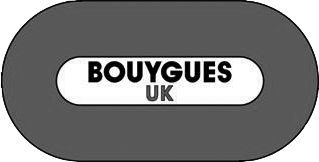Subsidence: The Symptoms and the Causes
August 5, 2016 10:29 amIt’s every homeowner’s nightmare. The realisation that the very ground on which your home stands, is on the move.
The problem with subsidence is that by the time the symptoms are visible, the damage is already done.
There are some very early signs which many people miss including doors and windows beginning to ‘stick’ when they’re opened or closed. But other signs are more often the first to be spotted and they include cracks around door frames or windows and particularly around extensions where the newer building meets the older. This is due to the buildings trying to pull away from one another.
It should be noted that most buildings, especially older properties will have some visible cracks both within and without but cracks which are due to subsidence are often very distinctive in appearance and are usually quite small, diagonally situated and wider at the top than at the bottom.
Some of the main causes of subsidence include the following;
- A long spell of dry, warm weather
- Soil which contains a high quantity of clay
- Large trees close to a building can suck out moisture from the areas around your foundations which causes them to shrink
- A leaking drain which can soften the ground
Steps to Take to Avoid Subsidence
Of course we all want to avoid subsidence; it’s responsible for a lot of stress, paperwork and sometimes years of wrangles with insurance companies but there are some things you can do to help your property stay on the straight and narrow.
Check your drains and pipes on a regular basis to make sure there are no blockages or leaks. This is particularly important during and immediately after winter. Trees need to be pruned on a regular basis as this will reduce their water consumption and make sure that any new trees or shrubs are planted at a safe distance from the building.
Categorised in: helical piles




















